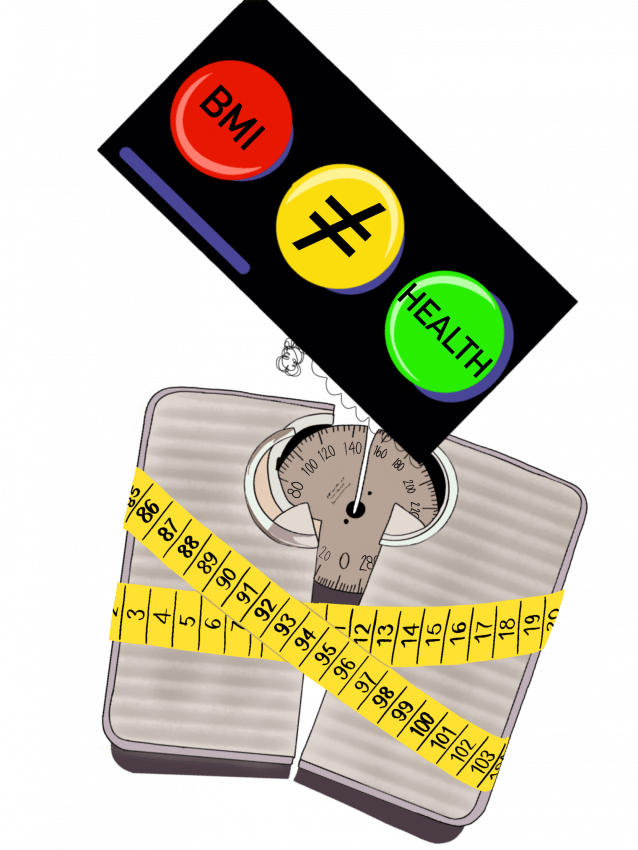
Attempting to shift their public perception of a weightloss-oriented company to a health and wellness company, Weight Watchers rebranded to the name WW. Their recently launched diet app for children, Kurbo, is receiving backlash from medical professionals.
Despite the name change, WW continues to focus primarily on reaching a ‘healthier’ Body Mass Index through weight loss and consistent weigh-ins. Kurbo’s behavioural change program targets children aged eight to 17 with a Traffic Light System that simplifies food to a good or bad label.
The company claims the program is rooted in the science of nutrition and behavioural change with the primary purpose being to “inspire healthy habits for real life.”
However, nutrition experts caution parents about the restrictive eating regiment stating that children are more likely to internalize harmful emotions as a result of following Kurbo’s program.
On the surface, Kurbo appears to be a helpful tool to manage a child’s nutritional intake. The app’s featured Traffic Light System separates food into three categories. Green foods include fruits and vegetables and are to be eaten anytime without a limit.
Yellow foods, such as lean proteins and pasta, are to be had in limited portions. With red foods, Kurbo users are urged to stop and think about eating ‘healthier’ alternatives instead.
From the brief description provided by the company, this program seems like it is beneficial to monitor children’s eating habits — as the Traffic Light System indicates what food options are the ‘healthiest.’ Digging deeper into the app’s content reveals a concerning structure.
Red foods might include foods high in sugar content, but they also categorize nutrient dense foods such as meatballs, almond butter, 100 per cent fruit juice, all yogurts, Cliff bars, Kind bars, bacon, and anything cooked with butter or oil, just to name a few.
You can still eat foods from the red category, but the app tells its users to stop and consider how they should be budgeted in to avoid going over the limit of 36 red food items per week.
The National Eating Disorders Association released a statement in response to the launch of the Kurbo app, describing potential risks associated with tracking food with weight loss as a primary goal and how these risks are elevated without supervision from a medical professional.
NEDA urges caregivers to seriously consider the grave risks associated with this type of dieting which may result in disordered eating, poor body image and a potential lifetime of weight cycling. Pediatric professionals stress that the age of children being targeted by Kurbo should experience weight gain as a normal part of growth and that a reduction in daily food intake could potentially result in permanent stunting of growth.
Still, in the app, the company claims children are at low risk for developing eating disorders as a result of the program.
The Sheaf reached out to WW to request information regarding the research used in the creation of their program, but WW did not respond.
A number of studies have shown that adolescent dieting is one of the most important predictors of new eating disorders as well as an increase in the likelihood of future binge eating episodes. Additionally, restricting a child’s food intake while implementing weight loss goals has significant risk to hinder physiological and psychological development.
Kurbo’s program creates a black and white way of thinking about food for its young users. Medical experts point this out as an issue because children are more likely to correlate their performance on the app with their view of themselves in real life — this can result in fearfulness and obsessions with eating.
This is exasperated by the fact that weight and BMI are not accurate health indicators — studies have shown that you can be within any weight range and still be healthy.
Kurbo is marketed to parents as an educational resource to benefit their children’s health. Parents should reconsider blindly trusting Kurbo’s approach as accurate and consult a health-care professional to engage in safe, evidence-based practices to improve wellness.
The reality is that the app will cause more harm than good as professionals have said. Engaging in mindful eating while encouraging children to understand how different foods affect their energy and mood would allow children to identify what types of foods truly are the healthiest for them.
—
Shawna Langer/ Graphics Editor
Graphic: Shawna Langer/ Graphics Editor